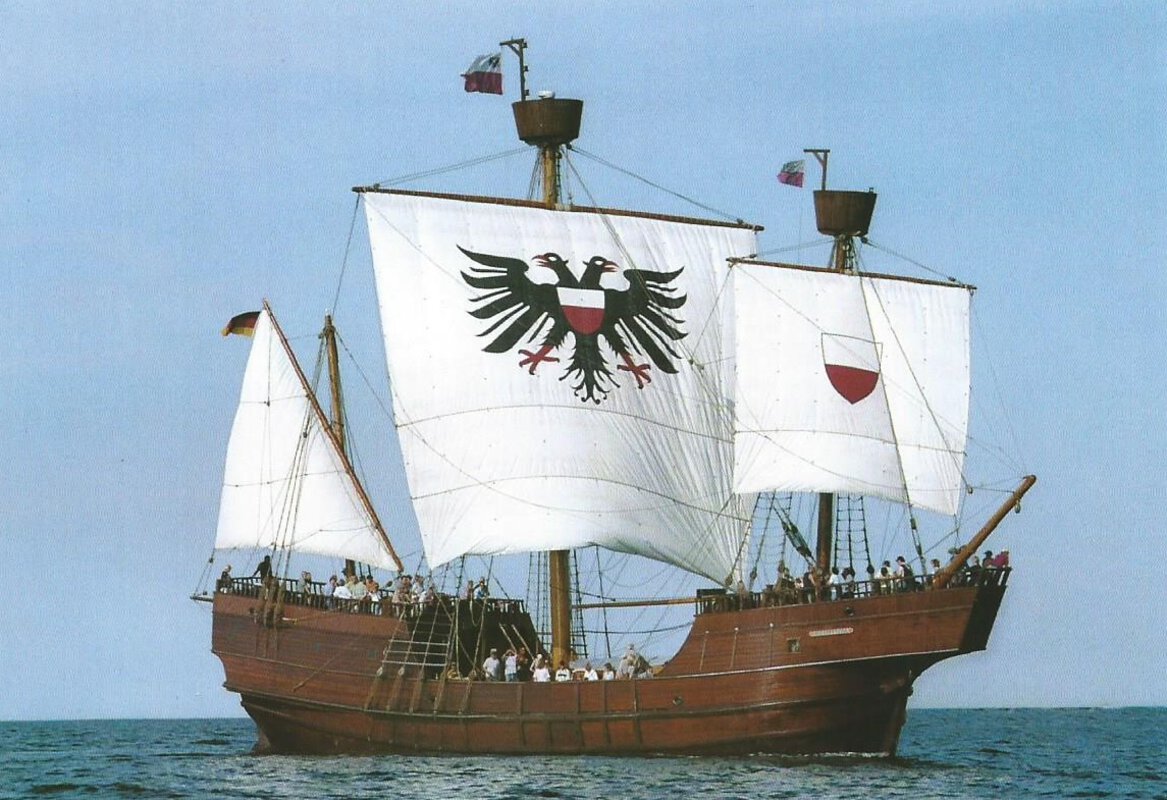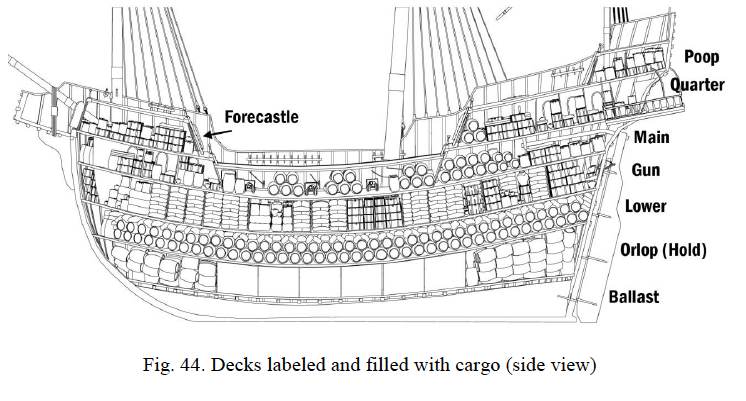ransomnote: I don't know if we've already got this IMA.ORG doctors directory
https://imahealth.org/providers/
ransomnote: Steve Kirsch posted a Doctor directory, too.
Looking for a doctor who treats patients based on the scientific evidence rather than on medical consensus?
https://kirschsubstack.com/p/new-evidence-based-doctor-registry
ransomnote: Dr. Kory specializes in treating C19 vaccine injury.
https://drpierrekory.com/
ransomnote: I copied the below from The Wellness Company (with Dr. McCullough) when it was recommending medications to have on hand for emergency preparedness.
https://www.twc.health/products/emergency-preparedness-kit?ref=4a4HY6mNGvea0y
- Amoxicillin-Clavulanate (generic AugmentinTM) 875/125 mg - 28 tablets
- Azithromycin (generic Z-PakTM) 250 mg - 12 tablets
- Doxycycline Hyclate 100 mg - 60 capsules
- Metronidazole (generic FlagylTM) 500 mg - 30 tablets
- Ivermectin (generic StromectolTM) 18mg - 7 compounded capsules
- Trimethoprim-Sulfamethoxazole (generic BactrimTMDS) 800/160 mg - 28 tablets
- Fluconazole (generic DiflucanTM) 150 mg - 2 tablets
- Ondansetron (generic ZofranTM) 4mg - 6 tablets
- Medical Emergency Guidebook (1) Educational resource developed by our Chief Medical Board for safe emergency use.
~~~~
https://myfreedoctor.com/conditions-treated
ransomnote: Brian Cates - Food Pyramid - Seed Oils are toxic
https://vigilantnews.com/post/what-if-everything-theyve-been-telling-you-about-food-is-wrong/
ransomnote: I got to a section of graphene in shots. The problem in general is that a vax is normally standardized so that all vials contain the same contents. But C19 broke that mold, with wildly differing content.
Therefore, there are reports that a C19 vax vial was examined and contained 95% graphene. And there are other reports saying it's been debunked in a lab by a White Hat doctor. I think both reports are likely true - when graphene hit the news, perhaps graphene was removed or samples without graphene given to white hat researchers. I don't want everyone vaxxed reading these links to automatically assume their 'shot' contained graphene, or the same materials others shots contained.
So first I'll post expose-news.com's article which helps people look up their batch to see if there's an unusual number of problems for patients vaccinated from that lot:
Argument that vaxxed transmit graphene to unvaxxed:
Doctors discover Graphene is being transmitted from the COVID Vaccinated to the Unvaccinated, destroying Blood Cells & causing Blood Clots
https://expose-news.com/2022/08/24/graphene-transmitted-to-unvaccinated/
Alternative medicine suggestions for Graphene detox
BREAKING: Confidential Pfizer Documents confirm Graphene Oxide is in the COVID Vaccines & here is how to remove it from your body
https://freerepublic.com/focus/bloggers/4142503/posts
How To Remove Graphene Oxide from The Body
https://freerepublic.com/focus/chat/4039245/posts
How graphene in some vaccines can make you sick
https://freerepublic.com/focus/chat/4089959/posts
Official U.K. Lab Report confirms Covid-19 Vaccines definitely contain Graphene Oxide [02/13/2022]
https://freerepublic.com/focus/chat/4038053/posts
Toxicity of graphene-family nanoparticles: a general review of the origins and mechanisms [SCIENTIFIC RESEARCH Open Access - Copyright Free] [08/31/2021]
Understanding the hemotoxicity of graphene nanomaterials through their interactions with blood proteins and cells [Scientific Research paper- Copyright FREE] [08/31/2021]
Scanning & Transmission Electron Microscopy Reveals Graphene Oxide in CoV-19 Vaccines [Very Detailed Experiments] [08/27/2021]
~~~~~~~~~~~~~~~~~~~~
SHINGLES AND VITAMIN A post without the original link:
In the General/Chat forum, on a thread titled Q ~ Trust Trump's Plan ~ 12/12/2023 Vol.482, Q Day 2236, ponygirl wrote: |
Last year when I had that HORRIBLE Shingles infection (which, coincidently, came up a few days after I had done a Pilates class next to a woman who had informed me she had just had her Shingles vaccine THAT morning), my ND prescribed Vitamin A taken as such: 10 capsules per day for 3 days; then take none for 3 days; then repeat 10 caps for 3 days, etc. the capsules were 7500 mcg each in the form of fish liver oil. It’s hard to say if it worked, since she also gave me a massive dose 36 gram infusion of Vitamin C IV plus a huge syringe of glutathione. It finally put a stop to the shingles, which had spread down the full length of my leg at that point. She also told me that if I ever get a scratchy or sore throat, to take one of the capsules and pop it between my teeth and let it coat the back of the throat. I have done this twice and it has worked both times. |
https://thelibertydaily.com/be-prepared-for-the-next-crisis-with-an-emergency-medications-kit-ivermectin-amoxycilin-z-pack-and-more/
This mental health resource looks good in that it veers away from the medical regime's rush to prescribe and use of harsh medications. It describes lofty goals but it looks like recruiting providers who will deliver this care? Interesting:
https://www.thecccollective.org/about/
The main page for the following links is here:https://www.sunfellow.com/covid-19-healing-resources/
• HeartCare Corp Can Detect A Wide Variety Of Heart Damage, Including Myocarditis (Steve Kirsch – 01/07/23)
• HeartCare Corp
• 5 Evidence-Based Approaches To Healing From Vaccine Injury (Nicolas Hulscher, 06/09/25)
• Are You Covid Vaccine-Concerned? This Article Is About Detox Options For You And Your Family (Dr. Tess Lawrie, 12/03/23)
This helpful article includes information about The World Council for Health Detox Guide, the FLCCC protocols, Dr. Peter McCullough’s “Base Spike Detox”, and A New Vaccine Detox Protocol from Professor X.
• Cordyceps Mushroom Holds Promise Against mRNA Vaccine-Induced Turbo Cancer (Nicolas Hulscher, 03/31/25)
• Are People Around You Getting Ill? This Is What I Do To Stay Healthy (Dr. Tess Lawrie, 12/28/23)
• Rationale For Nicotine Patch In Treatment Of Long-COVID And Vaccine Injury Syndromes (Dr. Peter McCullough, 12/08/23)
ransomnote: There are many good, videos of interest on that page (McCullough, Dr. Kory, Dr. Marik etc.) re a variety of vax related illnesses turbo cancer treatments for vaxxed, C19, and other vaccine harm treatments. Too many for me to focus on right now but the main link doesn't describe the contents well. Maybe just provide the main link with a description for now?
Below, I post some content with the links so you can see where to file or label the links.
~~~~~
12/11/2023, 10:37:28 PM · 1,942 of 1,949
Pete from Shawnee Mission
Natural ways to reduce inflammation for people with pf
Suggests a number of dietary changes. Also mentions both Nattokinase and Serrapeptase. (Break down fibrin.)
Choline helps with people who have Cystic Fibrosis and Uterine Fibroids, it may help here too.
https://cysticfibrosisnewstoday.com/news/choline-supplementation-improves-lung-function-liver-health-in-cf/
~~~~~~~
To: ransomnote
Put a few drops of Oil of Oregano in a pan with water and put a towel over your head and breathe in the steam, not too close.
Might help.
God Bless
1,601 posted on 11/28/2023 10:49:33 PM PST by sweetiepiezer (WINNING is not getting old!!! ❤️USA❤️)
11/29/2023, 7:32:36 AM · 1,615 of 1,615
numberonepal to sweetiepiezer; ransomnote
MQD, this method is quite effective. However, it can be harsh. You will likely cough. I get the water to barely steaming, put the drops in (just a couple), and then huff it like a skid row bum huffs paint.
In another vein, I’ve made a chlorine dioxide solution (CDS) in a nasal sprayer. Normally I’d use a homemade Xlear (xylitol) spray, but I was out of xylitol. The diluted CDS spray seems to do as good a job as Xlear and probably better. While Xlear is an excellent prophylactic, the CDS can be a prophylactic AND a remedy. We call it “Snoot”.
~~~~~~~~~~~~~~~~~~~~~~~~~
ransomnote: Good ivermectin graphic (horse paste and injectable)
https://i.imgur.com/nJqsj8r.jpeg
ransomnote: Wonder if we should add literature attesting to use of HCQ? Or that masks don't work?
EXCLUSIVE: Dr. Simone Gold discusses benefits of Hydroxychloroquine after video promoting drug was censored
The Science is Conclusive: Masks and Respirators do NOT Prevent Transmission of Viruses
~~~~~~~~~~~~~~~~~~
ransomnote: If we do have a section on food additives:

ransomnote: I dropped the name off the email below as I sometimes don't know how peeps feel about my sharing it. COntent present to show this is a Covid era link to a video for making vitamin C at home.
This is the video I used to start making C
https://youtu.be/1cBp879mfgI?si=-EEsuzgXoYv-pEqr
I get the sunflower lecithin and C crystals on Amazon by a company NOW that I have had success with. We keep it in a jar in refrig and use daily.
Walt didn’t tolerate regular C well but has had no issues taking this these last 3 years.
I marvel at all the so called “bizarre “ things we have taken these last 3 years like IVM every 2 weeks to monthly. We really enjoy carrots and apples now though😂
~~~
Medical discovery for sepsis moves to next phase of human trials (Sodium ascorbate = Full recovery in three hours & no side effects)
~~~~
“Dr. Lee Merritt & Karen Kingston - It’s All Parasites: Cancer, Vaccines, Remedies”
https://www.bitchute.com/video/tkPMZLEKFgm1/
ransomnote: McCullough spike protein video on X.com
Dr Peter McCullough on OAN - Treating Spike Protein!
~~~~
https://ivmmeta.com/
The (Do-it-Yourself) Secret Weapon Against Stubborn Bacterial Sinus Infections and Allergic Rhinitis
https://curioushumanproductions.substack.com/p/the-do-it-yourself-secret-weapon




